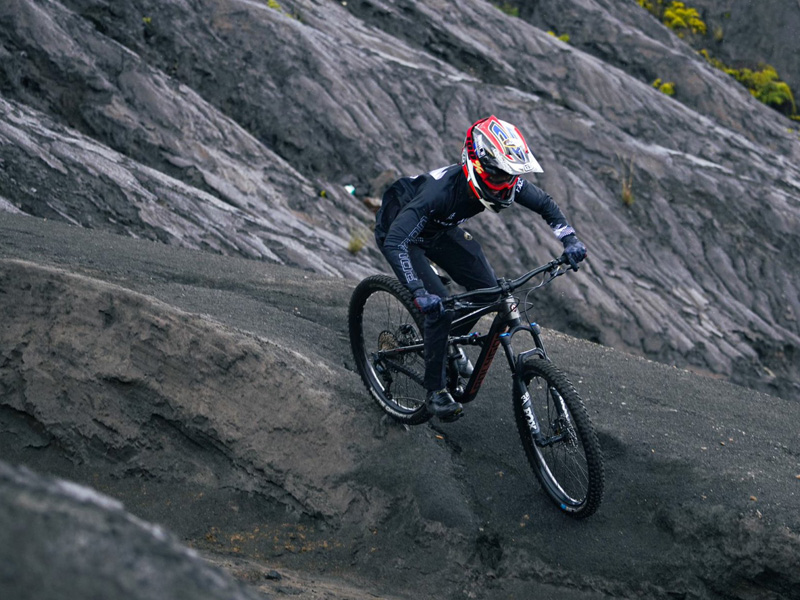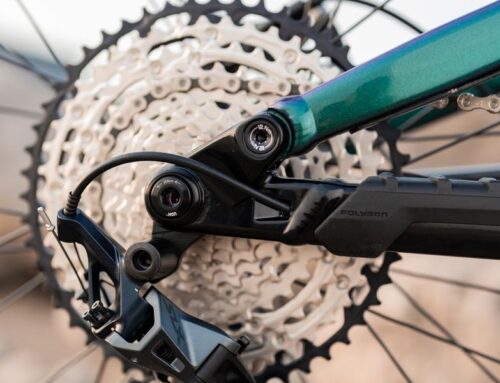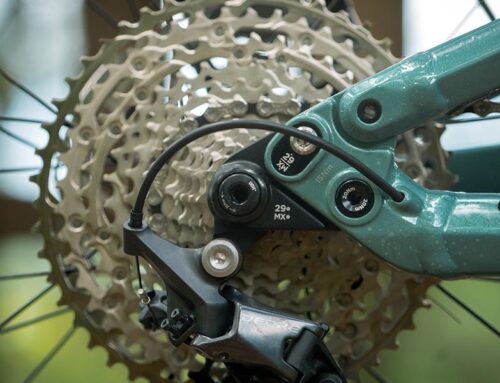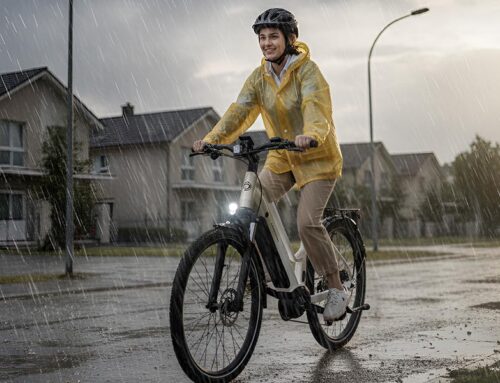As we consider our options for choosing a bike, we may come across the question of whether to choose a mountain bike or a hybrid bike. Knowing that each has its own unique features and advantages. Here’s your informed and comprehensive guide on which to choose solely based on your personalized profile.
1. Riding Style
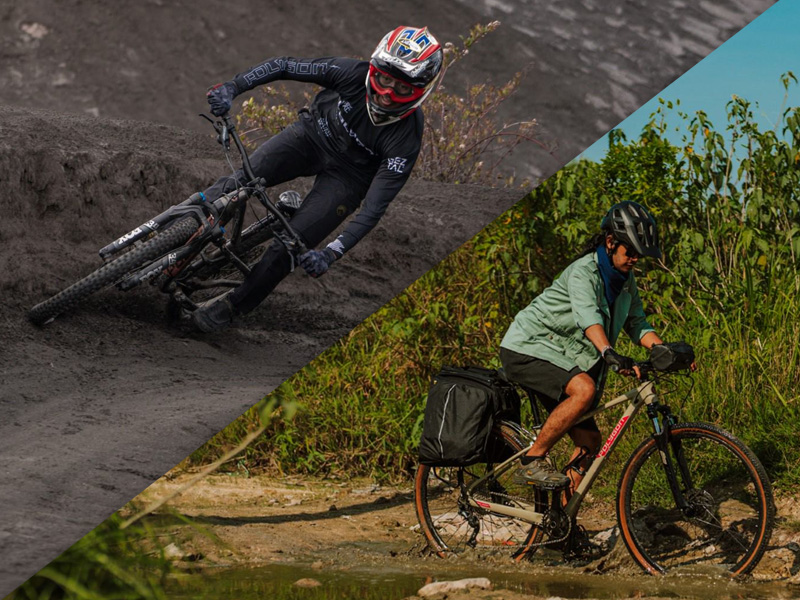
Hybrid bikes are a great choice for riders who prioritize comfort and versatility. The upright riding position and flat handlebars of a hybrid make it easier to maintain control and visibility, and the wider tires provide a smoother ride on paved and unpaved surfaces. This makes it a great choice for commuting, recreational riding, and light trail riding. However, the thinner tires and lack of suspension make it performs better on smoother terrain.
On the other hand, Mountain Bikes (MTB) are designed for more rugged terrain and off-road riding. They typically have a more aggressive frame geometry, with a lower centre of gravity and a longer wheelbase for better stability on steep descents. The wider, knobbier tires provide more traction and shock absorption on rocky and uneven trails, and the suspension system helps absorb impacts and maintain control on rough terrain. However, the more aggressive riding position and narrow handlebars may be less comfortable for some riders, and the heavier weight and larger size can make it less practical for commuting or recreational riding on paved surfaces.
2. Frame Geometry
When it comes to the frame geometry of a bike, it’s important to note that the frame geometry can greatly impact your performance and comfort on the bike. If you plan on riding long distances on paved roads or smooth trails, a hybrid bike may be a better option for you. The longer reach to the handlebars and more relaxed riding position can help reduce strain on your back and neck, allowing you to ride for longer periods without discomfort. Additionally, the efficiency and speed-focused design of hybrid bikes make them ideal for commuting or recreational rides on flatter terrain.
If you plan on riding off-road trails or technical terrain, an MTB with its more upright riding position and shorter reach to the handlebars may be more suitable. This frame geometry allows for greater control and manoeuvrability on rough terrain, helping you navigate through obstacles and tricky sections with ease. The added weight on the front wheel also helps with traction, making it easier to climb steep hills and navigate rocky descents.
3. Suspension

When it comes to suspension styles, hybrid bikes often come with a front suspension fork that helps absorb bumps and shocks on the road or light trails. This type of suspension is typically less robust than what you would find on an MTB, and may not be ideal for more technical or rough terrain. However, for riders who mainly stick to paved or well-maintained surfaces, a front suspension fork can provide enough cushioning and comfort.
On the other hand, MTBs often have full suspension systems that include a front suspension fork and a rear shock absorber. This provides a much more robust and effective suspension for tackling rough terrain, jumps, and drops. However, these suspension systems can add weight to the bike and may not be necessary or desirable for riders who stick to smoother surfaces. It’s important to consider your riding style and the type of terrain you plan to tackle when choosing between a hybrid bike with a front suspension fork or an MTB with a full suspension system.
4. Gear
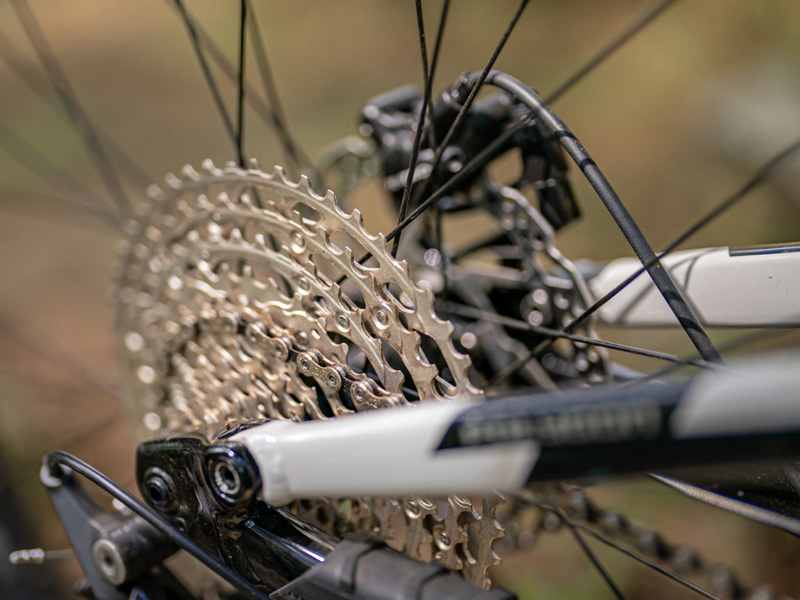
When it comes to gears, both hybrid and mountain bikes have different options to choose from. Hybrid bikes typically have a wider range of gears that are designed for smoother, flatter terrain. This means that you can go faster on flat surfaces, but may struggle on steep climbs. On the other hand, mountain bikes have a narrower range of gears that are designed for steeper, more technical terrain. This means that you may not be able to go as fast on flat surfaces, but you’ll have more power and control on steep climbs and descents.
Hybrid bikes usually have gears that are operated by shifters on the handlebars and can have either a single chainring (one gear in the front) or a double chainring (two gears in the front). Mountain bikes, on the other hand, usually have multiple chainrings (up to three gears in the front) and often have trigger shifters that are located on the handlebars. The additional gears on mountain bikes allow riders to tackle a wider variety of terrain and inclines but can be overwhelming for beginners who may not know how to use them effectively.
5. Tire
When it comes to tire choices, both MTBs and hybrid bikes have different options that are suited for different riding styles. MTBs often have wider and knobbier tires that are designed for off-road terrain. These tires have deeper treads that provide better traction and grip on loose or uneven surfaces but can also create more rolling resistance on smooth pavement. Riders who plan on hitting technical trails with rocks, roots, and mud will benefit from using wider tires on their MTB.
In contrast, hybrid bikes have narrower tires that are smoother and designed for paved roads and light off-road terrain. These tires have less rolling resistance and provide more speed and efficiency on smooth roads. Hybrid bike riders can choose tires with more tread for added grip on hard-packed dirt and gravel roads. It’s important to note that the tire width and tread pattern can greatly impact the ride quality and handling of a bike, so it’s important to choose the right tire based on the riding conditions you plan to encounter.
Can I Ride MTBs on the road?
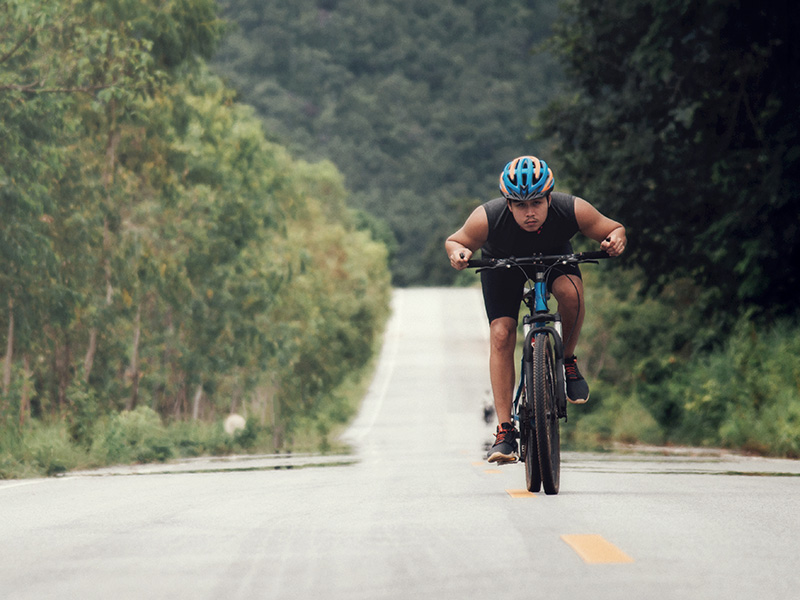
The short answer is yes, MTBs may go on roads, but they may not be as efficient or fast as road bikes due to their wider tires and heavier weight. On the other hand, hybrid bikes are designed to be versatile and can handle a variety of terrains, including some inclines, but they may not be as suitable for technical and steep mountain biking as MTBs.
Conclusion
In the battle between mountain bikes vs hybrid bikes, everything comes down to personal preference and the type of riding you plan on doing. Both bikes have their advantages and disadvantages in terms of frame geometry, suspension, gears, and tire choices. It’s essential to consider these factors when making a decision.
Ultimately, always choose a bike that fits your riding style and goals. Whether you’re looking to go fast on paved roads or tackle technical terrain, there is a bike out there that will meet your needs. So take the time to do your research, try to ride different bikes, and choose the one that feels right for you.
Should you have chosen your dream bike, Rodalink Malaysia offers various payment methods with a 0% instalment plan so you can get the most suitable bike that fits your riding style and goals. Check our current promotion to get the best deals including the free delivery option to your door and up to 40% additional discount.
